#wetland birds
Text



A Shoo-in Shoebill Stork
The shoebill stork, also known as the whalebill stork or Balaeniceps rex is in fact not a stork at all, but a long-legged wading bird belonging to the family Pelecaniformes. This species can be found in the central African tropics, from southern Sudan to northern Tanzania. Within this range, they mainly inhabit freshwater swamps and dense marshes, particularly those with deep water large reed beds.
Balaeniceps rex is often referred to as a dinosaur among birds due to its fearsome appearance. The average individual stands 1.1-1.4 m (3.6-4.5 ft) tall and has a wingspan of 2.3 to 2.6 m (7.5 to 8.5 in). However, adults are quite light, weighing only 4 to 7 kg (8.8 to 15.4 lb). Males tend to be larger than females, but otherwise the two sexes look identical. Adults have dark grey plumage with a lighter belly and darker wings. Their most striking feature is their beak, which is extremely large and can be said to resemble a wooden show (hence the name).
The shoebill's beak is very useful for catching its primary prey: fish. B. rex consumes a variety of species, including lungfish, catfish, and tilapia, as well as non-fish items like water snakes, frogs, turtles, mollusks, and even young crocodiles. Shoebills typically stalk their prey, or stand perfectly still and wait for their prey to come to them, before quickly snatching it up and decapitating it with the sharp edges of their beaks. Because of their large size and strong bills, adults are seldom prey for other animals, and they defend their nests fiercely from predators like snakes and other birds.
Outside of the breeding season-- and even during it-- shoebills are extremely territorial. Not only do they chase potential predators away from their nests, both males and females will fiercely defend their territory from other shoebills.
Breeding begins in the dry season, typically in in May, and lasts until about October. Once a male and female form a pair, they remain together for the duration of the mating season. They build a nest from floating vegetation, and 1-3 eggs are cared for by both parents; in addition to being incubated for warmth, one parent may also occasionally pour a beak-full of water over the eggs to keep them cool during the hot summer day. The eggs hatch about 30 days after being laid, and young are fed continuously-- though usually only one chick survives to adulthood. At 125 days old they become fully independent and leave to establish their own territories. The average individual can live up to 35 years in the wild.
Conservation status: The IUCN lists the whalebill stork as Vulnerable. Current wild population estimates sit at about 5,000-8,000 individuals. Primary threats include poaching for the zoo trade and consumption, habitat destruction, and pollution.
If you like what I do, consider leaving a tip or buying me a kofi!
Photos
Santiago Caballero Carrera
George Amato
Mana Meadows
#shoebill stork#Pelecaniformes#Balaenicipitidae#wading birds#birds#wetlands#wetland birds#freshwater fauna#freshwater birds#africa#central africa#animal facts#biology#zoology#ecology
160 notes
·
View notes
Text

common moorhen
#photoblog#photo#photography#photoshoot#beautiful photos#photooftheday#photoart#birb#birblr#birbs of tumblr#birb art#cute birbs#birds#wetland birds#wild birds#bird
47 notes
·
View notes
Text
WILDLIFE - REDSHANK
The Common Redshank – Tringa tetanus
Redshank
The Common Redshank is a large sandpiper with long, bright red legs or “ shanks “ It is a typical wader, feeding in shallow water around lakes, marshes, mudflats , coastal wetlands and estuaries. It breeds on open marshes and estuary grasslands. Redshanks are wary and noisy birds. Their calls will alert everything else in the vicinity to danger and…

View On WordPress
#redshank#wildlife#wildlifephotography#british wildlife#chicks#common redshank#MEET THE MODEL#photography#waders#watrfowl#wetland birds#wetlands#wild britain#wildonline#wildonline.blog
2 notes
·
View notes
Text

happy EARTH day from the baby geese i saw today 🫶🏽💚
1 note
·
View note
Text
Sandhill Cranes are Beautiful and Really Fun to Watch
Family
Last week I went to a friend’s house for dinner. She lives on a small farm similar to mine, but she backs up onto a pond, whereas I back up onto forest. I headed out a little early so that I could wander around the pond and woods near her house. I was actually hoping to see and photograph some wild turkeys, but I had no luck with that. I did, however, see quite a few sandhill cranes…

View On WordPress
#bird families#bird photographs#bird photography#birds#blue cranes#blue grey birds#colorful birds#crane photographs#cranes#Florida birds#Florida cranes#large birds#large cranes#native cranes#photography#sandhill cranes#wading birds#wetland birds
0 notes
Text
"Irish conservationists report that the magnificent osprey has successfully bred in the wilds of the Emerald Isle for the first time in almost 250 years.
Worldwide, ospreys are doing great—listed as “Least Concern” by the IUCN who add they are increasing in population. However their massive brown and white wings have been absent from Irish skies for two centuries after being hunted to extinction.
The last recorded osprey to nest in Ireland was found in 1779, writes the Ireland-based conservation group Golden Eagle Trust on Facebook.
Visiting ospreys sometimes stop on the island to rest, but almost since the signing of the US Declaration of Independence, no pair has ever deemed it a safe environment to raise young.
A nesting pair (ospreys mate for life) was discovered by experienced birdwatcher Giles Knight, the Environmental Farming Scheme Advisor with Ulster Wildlife, a conservation non-profit.
“Along with my son Eoin, I have watched the adults return to the same site since 2021, so you can imagine my excitement the moment that I saw three chicks and two adults this year,” said Knight in a statement. “It was a rub-your-eyes, once-in-a-lifetime moment; an absolute highlight of my 30-year wildlife career—like finding long-lost treasure.”
“With at least two of the chicks fledging this season, this is a huge conservation success story and indicates a healthy wetland ecosystem with plenty of suitable habitat and fish to bring this apex predator back to our skies and plunging into the Fermanagh Lakelands. Truly the return of a living countryside!” ...
The old Gaelic name for osprey was “Iascaire Coirneach”, meaning “Tonsured Fisherman”, possibly related to how its black eye band and white crown give it the appearance of the semi-bald tonsure typical of medieval Christian monks, the Golden Eagle Trust wrote on Facebook in a celebratory post.
“Now these birds are back in Ireland and breeding successfully, it is critical that they are left in peace so their numbers can continue to grow by returning year on year to breed,” Knight added in the statement. “We believe and hope that this could be the start of a raptor dynasty.”"
-via Good News Network, August 27, 2023
#ireland#osprey#birdwatching#wetlands#conservation#biodiversity#ecosystem restoration#baby birds#baby animals#good news#hope
3K notes
·
View notes
Text

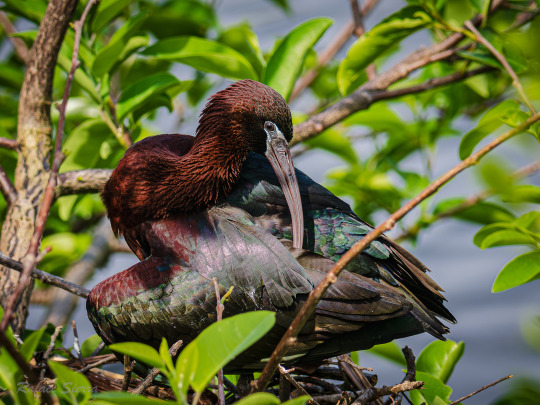
Glossy Ibis in mating plumage
#glossy ibis#birds#original photography#photographers on tumblr#photography#bird photography#nature photography#wildlife photography#Wakodahatchee wetlands#florida#om system#om 1#rafefar
366 notes
·
View notes
Text
Bitterns in Russian cities masterpost

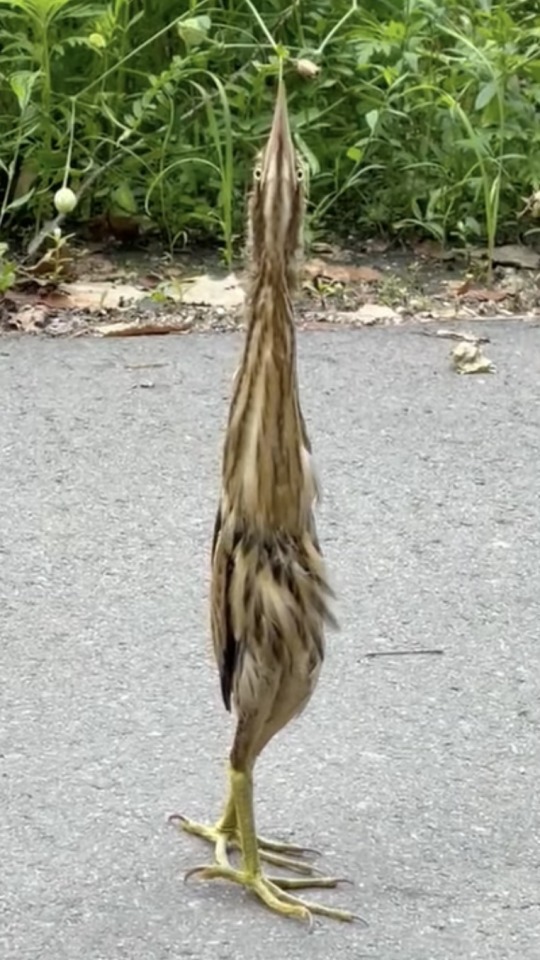

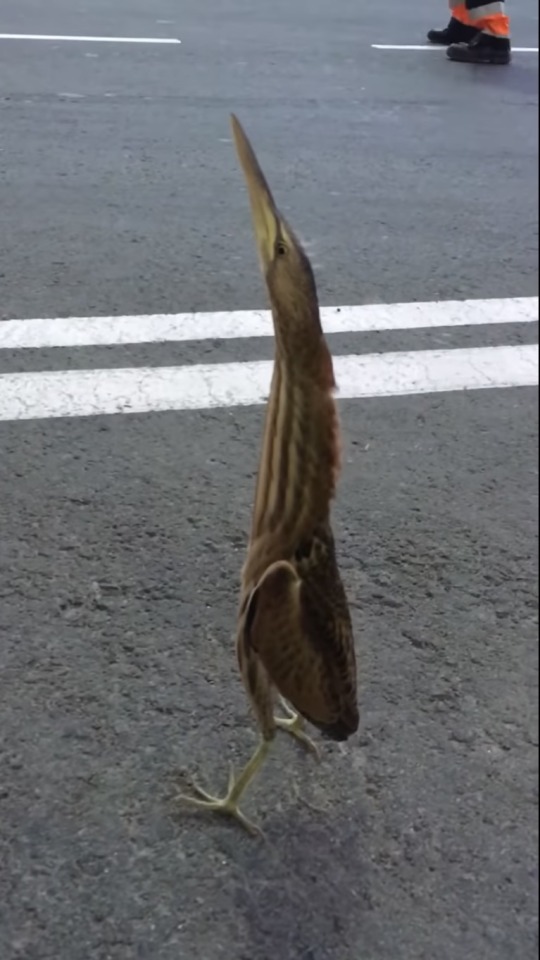


#how did they get there?#apparently lots of Russian cities are built on rivers and wetlands#so sometimes bitterns and other wetland birds will wander into urban areas#unfortunately their natural defense mechanism (standing completely still and pretending to be a reed) doesn't work there#greatest hits#op#birds#birdwatching#russia#bittern#eurasian bittern#выпь#птицы#русский tumblr#россия
526 notes
·
View notes
Text
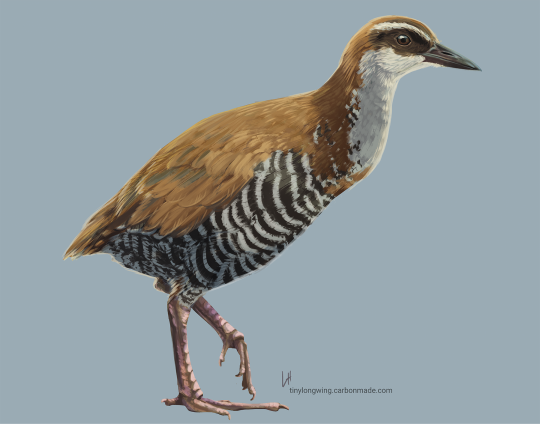
Ko'ko' bird (Guam Rail) is a critically endangered species in the Mariana Islands. Once considered extinct in the wild, a few are now found on Cocos Island off Guam. Currently the bulk of the population is in captive breeding programs. They are mainly threatened by invasive snakes & feral cats.
#birdblr#birblr#guam rail#endangered birds#endangered species#wetlands#pacific islands#guam#mariana islands#birb#scientific illustration#artists on tumblr
226 notes
·
View notes
Text

Some coast striker concept doodles, mostly to showcase their weirdo double tongue + i love drawing teeth. Also whelps are see through when they hatch, most lose this quality as they grow, but a few (especially in the Deepwater) keep their translucency well into adulthood.
A small fun fact, many humans call coast strikers "grinning deaths" as their toothy snarls can look like a grin to a person. Given their amount of teeth and their two tongues, other AshWings can find them a bit unsettling
#wings of fire#wof#ashwing#dragons#art#oh yeah remember those region variation drawings i made? im dividing the coast into three regions: the deepwater (open ocean/seabed)#the saltwater (the coastal cliffs) and the freshwater (more inland in the peninsula lots of#wetlands and rivers and lakes. kinda like everglades and mangroves in some areas#however im not sure about the eggs. hmmmm#bc its like this OR regular eggs with an almost conical shape which i believe is common in cliff birds? so the eggs spin on the same place#instead of out of the nest and falling to their doom
382 notes
·
View notes
Photo


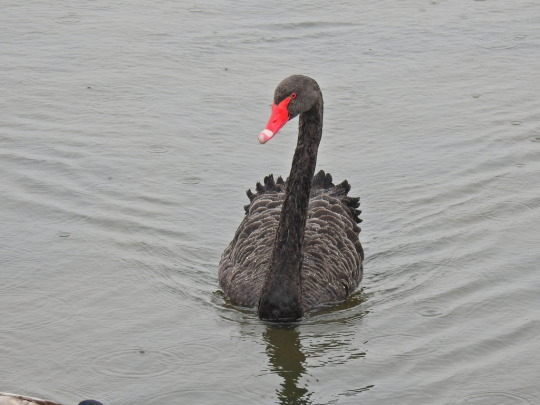
Surprising Black Swans
A popular ornamental waterbird in Europe and North America, the black swan (Cygnus atratus) is a species of swan endemic to Australia and New Zealand. In both their native and introduced ranges they can be found near bodies of fresh or salt water, especially lakes and wetlands with plenty of aquatic vegetation. The species is highly nomadic, and migrate based on yearly rainfall patterns.
Black swans are the second largest swan species, with a maximum weight of 9 kg (19.8 lbs) and a wingspan of 2 m (6.6 ft). Despite being smaller, black swans have the longest neck of any swan. Males, also known as cobs, are slight larger than females-- aka pens. As their name suggests, C. atratus has black plumage, although the flight feathers on their wings are white. The beak is a bright red with a white stripe, thought to be indication of an individuals health and sexual maturity.
Like all swans, the black swan mates for life. In addition to their high fidelity rates, C. atratus is also unique for its high rates of homosexual couples; about 25% of pairings are between individuals of the same sex (primarily males). These mates are known to steal eggs from other nests or form temporary ‘throuples’ with a member of the opposite sex, and some research has shown that homosexual couples are more than twice as likely to successfully raise their young as heterosexual couples.
The mating season for black swans occurs from February to September. While pairs are generally solitary, groups will nest in the same area to increase the chances of finding a mate and decrease the risk of predation. Pairs form when one an individual approaches another and initiates a ritual known as the Triumph Ceremony, in which the individual extends their wings and calls out. If the mate is receptive, they will repeat the gesture, and the pair will then go through a synchronous dance to solidify their pairing. This ceremony is repeated multiple times throughout each breeding season to strengthen the pair’s bond and affirm that between parent and chick.
Females lay 5 or 6 eggs in a clutch, and will alternate incubating them with her partner for 35 to 48 days. After hatching, the young- also known as cygnets- are fairly precocial but will stay in or near the nest for 2 to 3 weeks. It takes up to 6 months for them to completely lose their grey down and grow their adult plumage, though they remain with their family units for up to 9 months. Once they have fully fledged, juveniles join groups of other cygnets for 1-2 years, at which point they become sexually mature.
Black swans can present an intimidating threat to potential predators, so there are few animals that attack fully grown adults. However, eggs and young cygnets can be a target for ravens, birds of prey, and rodents. C. atratus themselves are herbivores and feed primarily on aquatic vegetation.
Conservation status: the IUCN has classified the black swan as Least Concern, and their native populations are stable.
If you like what I do, consider leaving a tip or buying me a ko-fi!
Photos
Damian Shaw
Richard Tommy Campion
Susan Marley via iNaturalist
#black swan#Anseriformes#Anatidae#swans#water fowl#fowl#water birds#birds#freshwater fauna#freshwater brids#lakes#lake birds#wetlands#wetland birds#urban fauna#urban birds#oceania#australia
315 notes
·
View notes
Text




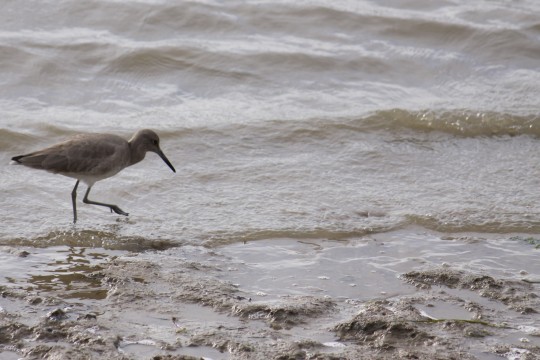

pretty little sandpipers
#photoblog#photo#photography#photoshoot#beautiful photos#photooftheday#photoart#birb#birblr#birbs of tumblr#cute birbs#bird photography#birdwatching#birdblr#birds#wildlife#wetland birds#wetlands#nature#nature photography#ocean view#water#oceancore
23 notes
·
View notes
Text



Can we.... you know ... ? .... Damn
Female Superb Fairy Wrens at Winton Wetlands
#original photographers#nature photography#wildlife photography#bird photography#Female Superb Fairy Wrens#Winton Wetlands
442 notes
·
View notes
Text

黑面琵鷺 | black-faced spoonbill | クロツラヘラサギ
79 notes
·
View notes
Photo


Recent birds: Green-winged teal / cerceta alas verdes (Anas crecca). At Sweetwater Wetlands, Tucson, Arizona.
#photographers on tumblr#green-winged teal#Anas crecca#bird#birding#Sweetwater Wetlands#Tucson#Arizona
759 notes
·
View notes
Text
Some of the birds I saw at WWT London Wetland Centre (just a few I could get good pictures of)!
Part 1

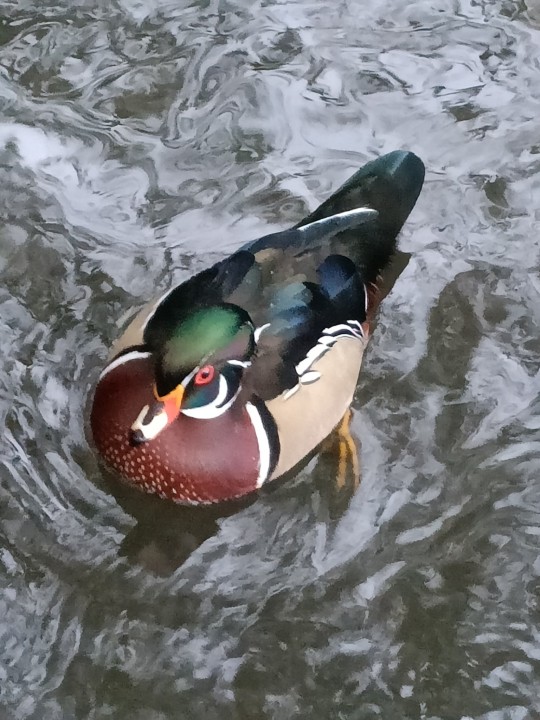

Carolina Duck (male and female).

African Yellow-Billed Duck

Cape Teal
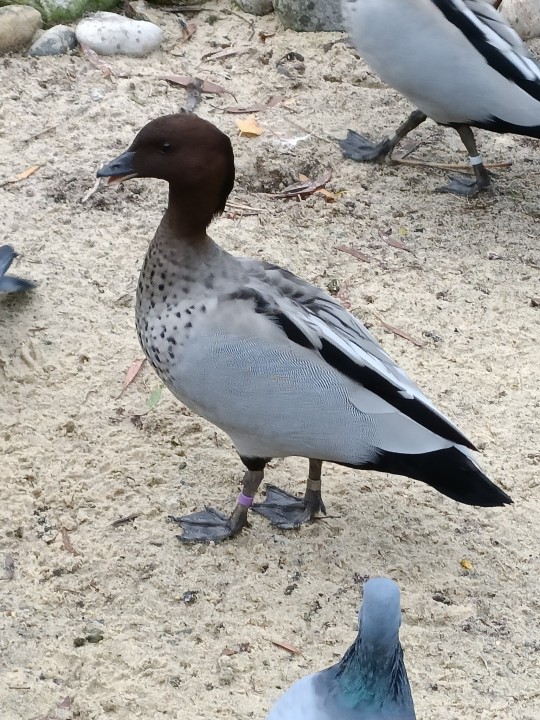

Australian Wood Duck/ Maned Duck
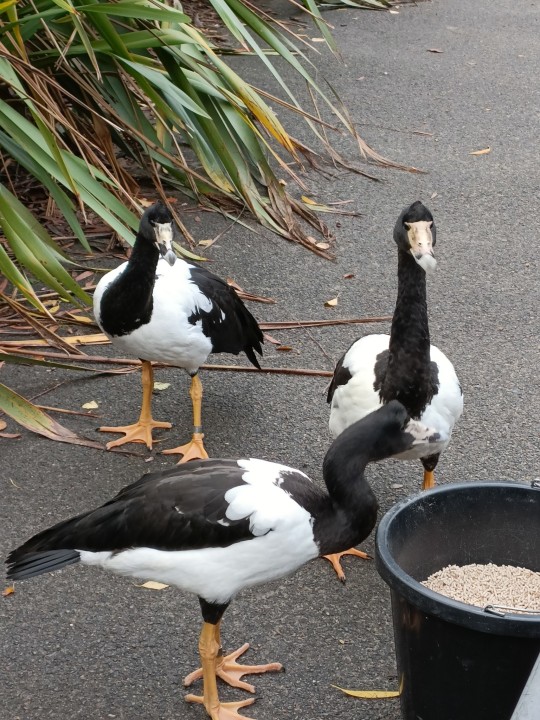

Magpie Geese
#thought I would make my own post instead of spamming todaysbird#birds#birdwatching#london wetland centre#wwt#carolina duck#carolina wood duck#cape teal#magpie goose#Australian wood duck#maned duck#african yellow billed duck
172 notes
·
View notes